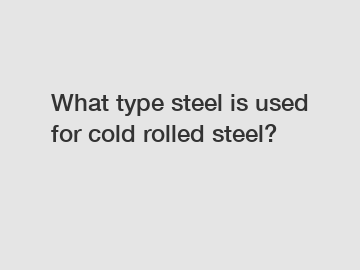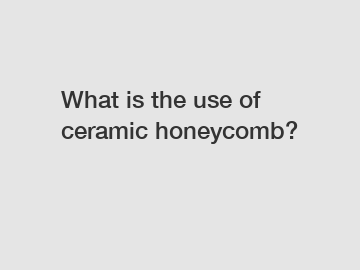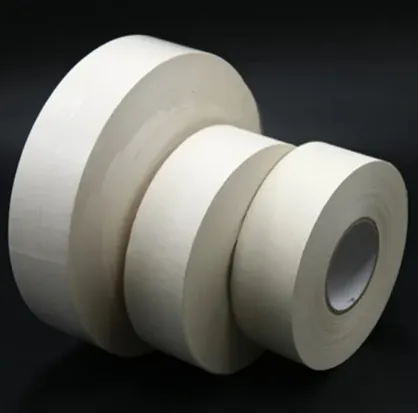What type steel is used for cold rolled steel?
When it comes to the world of steel, one variety that stands out for its remarkable strength and versatility is cold rolled steel. Often heralded as a lifesaver in modern industries, this unique form of steel has seen tremendous demand owing to its exceptional qualities. Today, we delve into the world of cold rolled steel, unraveling the type of steel used in its composition and shedding light on its myriad applications in various sectors.
Understanding Cold Rolled Steel:
Cold rolled steel is a type of steel that has undergone a specialized manufacturing process, imparting it with distinct qualities and characteristics. Unlike hot rolled steel, which is heated above its recrystallization temperature and then cooled, cold rolled steel is produced through a series of cooling processes that enhance its durability, accuracy, and surface finish.

The Main Ingredient: Carbon Steel.
The primary component of cold rolled steel is carbon steel, a versatile alloy that acts as the backbone for numerous industrial applications. Carbon steel contains iron and carbon as its main elements, accompanied by trace amounts of other alloys such as manganese, chromium, and vanadium, which help refine its properties.
Different Grades of Carbon Steel in Cold Rolled Steel:
1. Low Carbon Steel: Also known as mild steel, low carbon steel is the most commonly used grade in cold rolled steel. Comprising up to 0.3% carbon, it offers remarkable versatility, weldability, and formability. Low carbon steel finds its use in applications requiring moderate strength and where precise shaping is crucial, such as automotive components, construction materials, and appliances.
2. Medium Carbon Steel: With carbon content ranging from 0.3% to 0.6%, medium carbon steel provides superior strength and increased hardness. Its balance of ductility and durability makes it suitable for machinery parts, shafts, couplings, and gears.
3. High Carbon Steel: Comprising carbon levels of 0.6% to 1%, high carbon steel is renowned for its exceptional strength, hardness, and abrasion resistance. This grade is often found in demanding applications, including cutting tools, springs, and high-strength wires.
Explore more:Bead Blasted Stainless Steel: Is it the New Must-Have Interior Design Trend?
Which Home Window Security Option is Better: Durable Stainless Steel Window Screen or Traditional Glass?
Where do we use graphite electrodes?
What are the two biggest concerns to a metal roof?
Mastering Oil & Gas Drilling: Unlocking the Secret to High-Quality Drill Collars
Fecral Alloy Strip: Your Ultimate Solution to High-Temperature Applications!
Which industries can benefit from HP graphite electrodes?
The Role of Other Alloying Elements:
While carbon steel is the principal component, certain alloying elements are added to enhance specific properties, such as strength, toughness, and corrosion resistance, depending on the intended application. Let's explore a few notable examples:
1. Chromium: Adding chromium improves the corrosion resistance of cold rolled steel, making it ideal for applications exposed to moisture or harsh environments. This is particularly applicable in the construction of kitchen appliances, automotive parts, and various architectural components.
2. Manganese: Manganese works together with carbon to increase the tensile strength and hardenability of cold rolled steel. It also enhances its resistance to wear and tear, making it useful in manufacturing machinery parts and automotive frames.
3. Silicon: Silicon is commonly added to enhance the magnetic properties, electrical resistivity, and heat resistance of cold rolled steel. It also contributes to the prevention of surface oxidation, making it suitable for electrical components, transformers, and heat exchangers.
Conclusion:
Cold rolled steel owes its unique properties to a carefully crafted blend of carbon steel and precise additions of various alloying elements. This versatile steel variant has emerged as a vital component in numerous industries due to its improved strength, formability, and aesthetic appeal. Its ability to withstand rigorous applications while maintaining durability and structural integrity makes it a top choice for manufacturers worldwide.
Whether it is in the automotive, construction, or manufacturing sectors, cold rolled steel continues to pave the way for innovation, delivering products that meet the demands of today's challenging environments. From its initial production to its final applications, the journey of cold rolled steel is testament to the remarkable advancements achieved in the field of metallurgy.
For more information, please visit what is corrugated metal, galvanized steel coil for automotive, hot rolled galvanized steel coil suppliers.
Explore more:Unveiling the Power of Neodymium Magnets: Top FAQs Answered
The Ultimate Guide to Unground Carbide Rod: Uses, Benefits, and Top Manufacturers Revealed!
What is the equivalent of 254 SMO material?
Ultimate Guide: Enhancing Home Safety with Wire Mesh Security Window Screens
What is the useful life of Ductile iron pipe?
ASTM A182 Screwed Flange: The Ultimate Guide to Installation, Benefits & Applications
Rock Mineral Wool Insulation: How Does It Stack Up Against Traditional Options?










